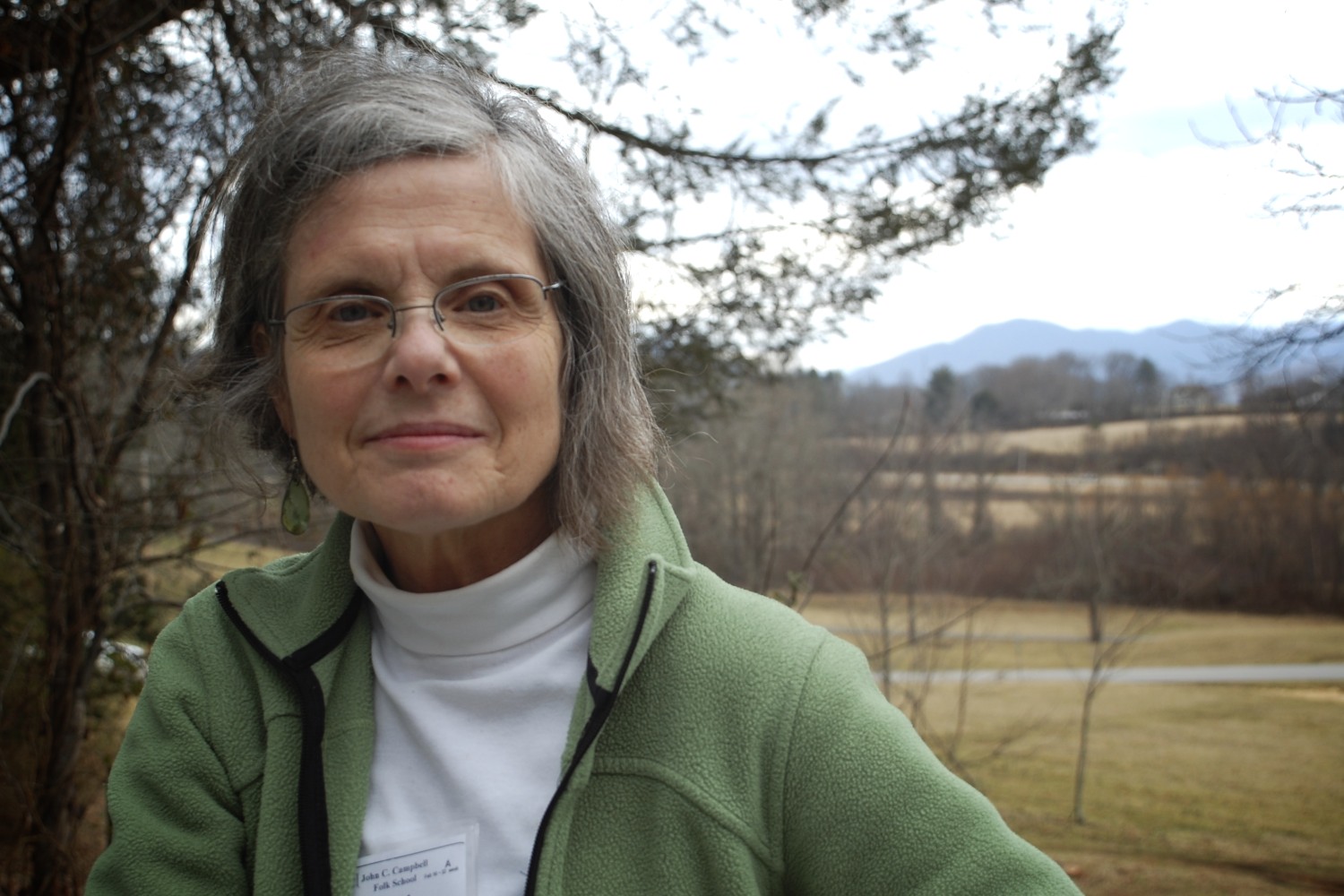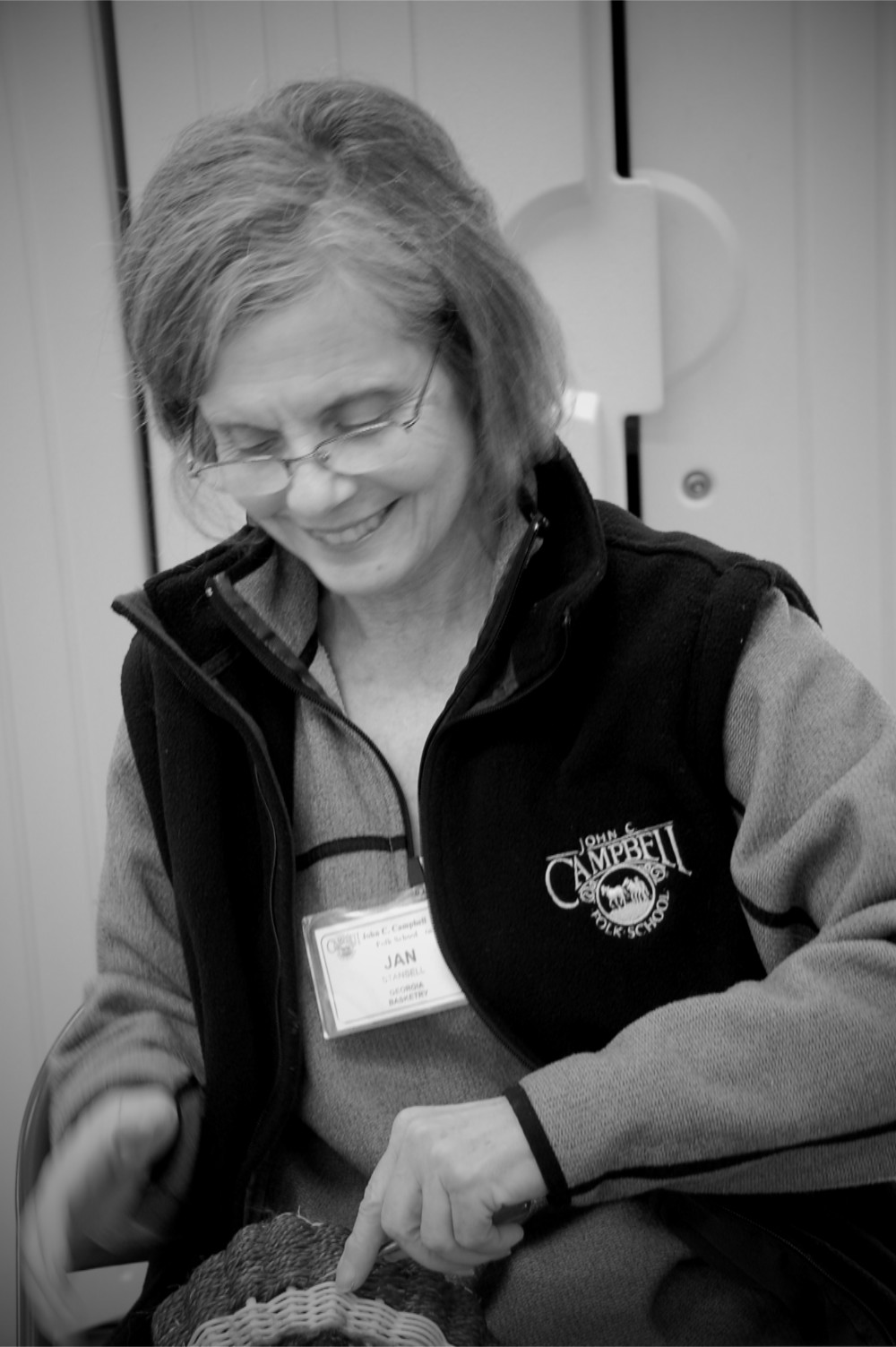10 Jan Wheat Weaving & Straw Art with Linda Beiler
[vc_row css_animation="" row_type="row" use_row_as_full_screen_section="no" type="full_width"...

[vc_row css_animation="" row_type="row" use_row_as_full_screen_section="no" type="full_width"...
[vc_row css_animation="" row_type="row" use_row_as_full_screen_section="no" type="full_width"...
[vc_row css_animation="" row_type="row" use_row_as_full_screen_section="no" type="full_width"...
[vc_row css_animation="" row_type="row" use_row_as_full_screen_section="no" type="full_width"...
[vc_row css_animation="" row_type="row" use_row_as_full_screen_section="no" type="full_width"...
[vc_row css_animation="" row_type="row" use_row_as_full_screen_section="no" type="full_width"...
Sue Williams is recognized for...
If you are interested in...
Did you get a chance...
 Jan on the Keith House porch.[/caption]
LD: Tell me about your history with this craft. What kind of baskets do you like to make best? What is meaningful to you about basket weaving?
JS: Oh gosh – I probably started 30 years ago just as a little hobby. It was one of those hobbies that became a small business. I learned initially from someone in the town where I was living. Generally people who have made baskets as long as I have tend to specialize in one kind or another (whether it be Nantucket, or naturals etc). I never did. I always called myself a basket generalist. Whatever class was going on that sounded interesting, I would come and try it, and generally incorporate it into my work. I guess what’s meaningful to me about baskets is that along with pottery, it is just such an old craft and an old way of doing things. You can also go in so many different directions with it – the artistic end, the functional end. You can use traditional materials or go to something else entirely.
[caption id="attachment_10069" align="alignnone" width="232"]
Jan on the Keith House porch.[/caption]
LD: Tell me about your history with this craft. What kind of baskets do you like to make best? What is meaningful to you about basket weaving?
JS: Oh gosh – I probably started 30 years ago just as a little hobby. It was one of those hobbies that became a small business. I learned initially from someone in the town where I was living. Generally people who have made baskets as long as I have tend to specialize in one kind or another (whether it be Nantucket, or naturals etc). I never did. I always called myself a basket generalist. Whatever class was going on that sounded interesting, I would come and try it, and generally incorporate it into my work. I guess what’s meaningful to me about baskets is that along with pottery, it is just such an old craft and an old way of doing things. You can also go in so many different directions with it – the artistic end, the functional end. You can use traditional materials or go to something else entirely.
[caption id="attachment_10069" align="alignnone" width="232"] Jan working on the finishing touches of a basket.[/caption]
LD: I understand you have a very long history with the Folk School. Can you tell me more about your relationship with JCCFS?
JS: My very first class here was 26 years ago. It was a white oak baskets class and was fairly advanced. It was so exciting to discover a whole other way of life and that there were people who just loved to be together and make things, and make music. At the time, I was not a person who made a lot of long-term goals in my life. I would go to these seminars at work and they would say “you’ve got to set goals, you’ve got to do this or that.” And I thought to myself “if I had a goal, what would my goal be?” And I thought “I know! My goal will be to teach at Folk School.” So I started thinking to myself about what I would have to do to make that happen. I suppose I’d have to get a portfolio together, volunteer to assist in a class and make myself known. And then as I was mulling this over I was at a craft show, and a woman who happened to be in charge of programming at the Folk School approached my booth. She asked if I ever taught at the Folk School. I said “No.” She asked if I’d like to. I thought to myself – this goal-setting thing is a cinch! If I had known that, I would have been setting goals years ago! It was at a time when the Folk School was actively looking for instructors so I started coming up as an instructor 20 or 25 years ago. Over the years, I have met so many wonderful people. Coming here is not like going away; it’s like coming home. I used to cry going home from Folk School (laughs).
Jan working on the finishing touches of a basket.[/caption]
LD: I understand you have a very long history with the Folk School. Can you tell me more about your relationship with JCCFS?
JS: My very first class here was 26 years ago. It was a white oak baskets class and was fairly advanced. It was so exciting to discover a whole other way of life and that there were people who just loved to be together and make things, and make music. At the time, I was not a person who made a lot of long-term goals in my life. I would go to these seminars at work and they would say “you’ve got to set goals, you’ve got to do this or that.” And I thought to myself “if I had a goal, what would my goal be?” And I thought “I know! My goal will be to teach at Folk School.” So I started thinking to myself about what I would have to do to make that happen. I suppose I’d have to get a portfolio together, volunteer to assist in a class and make myself known. And then as I was mulling this over I was at a craft show, and a woman who happened to be in charge of programming at the Folk School approached my booth. She asked if I ever taught at the Folk School. I said “No.” She asked if I’d like to. I thought to myself – this goal-setting thing is a cinch! If I had known that, I would have been setting goals years ago! It was at a time when the Folk School was actively looking for instructors so I started coming up as an instructor 20 or 25 years ago. Over the years, I have met so many wonderful people. Coming here is not like going away; it’s like coming home. I used to cry going home from Folk School (laughs).


